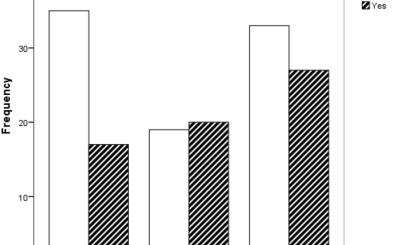Among the most popular equity indices in the world is the S&P 500 index. The index tracks the performance of 500 large companies.
Market capitalization
Unlike the Dow Jones Industrial Average, the S&P 500 index is a capitalization-weighted index. This means that shares are valued according to their worth in the market. The market cap is determined by multiplying the number of shares outstanding by the current stock price. The higher the market cap, the greater the impact on the total value of the index.
The S&P 500 index includes 500 of the largest companies in the U.S. The companies in the index are grouped in a variety of sectors, including Energy, Health Care, Materials, and Real Estate.
The S&P 500 index is considered to be a good benchmark for evaluating the U.S. stock market. It is commonly used as a benchmark for portfolio performance in the U.S. and private investors. It is also an important benchmark for hedge funds. The goal of most hedge funds is to beat the performance of the S&P 500.
Composition
Often referred to as the Standard & Poor’s 500, the S&P 500 Index is an equity index that tracks 500 of the largest publicly traded U.S. stocks. It is considered a bellwether of the market and provides a barometer of the health of the economy.
The index was introduced in March 1957 by Standard and Poor’s. It is calculated by adding the float-adjusted market capitalization of each stock to the total market capitalization of the S&P 500. S&P chooses which companies will make up the index based on liquidity, industry group representation and market size. The companies must have been public for at least a year and have a minimum market capitalization of $13.1 billion.
A float-adjusted market cap is a metric that is calculated by multiplying each stock’s market capitalization by a proprietary index divisor developed by Standard & Poor’s. This divisor is adjusted for stock splits, special dividends and spinoffs, ensuring that non-economic factors do not impact the index.
Weighting
Investing in an index is a popular choice for many investors. This type of fund is usually weighted by market cap. The largest companies have the largest weights in the index. They have a larger effect on the economy and are more widely owned.
The S&P 500 index contains 500 companies. The list of the top 10 makes up more than 20% of the index’s value. The index is weighted by market capitalization, or the sum of all shares in the company.
The S&P 500 index is composed of companies with a market capitalization of at least $13.1 billion. The list includes some of the largest companies in the United States. The list includes Amazon, Microsoft, Alphabet, and Apple.
The index is calculated by multiplying each company’s market cap by a divisor that is set by S&P. In May, the index performed well. But how did it compare with other indexes?
Returns over time
Investing in the S&P 500 index can be an excellent way to invest your money. This index is a benchmark for US equities and contains the largest 500 companies listed on the US stock exchanges. In mid-June 2022, these companies had a market capitalization of $32 trillion.
Buying S&P 500 shares or an index fund is an inexpensive way to invest in this market. You can open a brokerage account with a reputable firm like Fidelity, Vanguard or Charles Schwab. Most of these firms offer a convenient online platform with low fees.
The S&P 500 index is an indicator of the health of the U.S. stock market. It includes 500 companies in the US that have a market capitalization of at least $10 trillion. The index is created by S&P Dow Jones Indices LLC, an affiliate of S&P Global.
Investing in the index
Investing in the S&P 500 Index is a great way to diversify your portfolio. You can either buy individual stocks or purchase an index fund that tracks the S&P 500. The S&P 500 is the largest stock market index in the United States. The index includes 500 stocks that are selected based on liquidity and sector allocation.
In order to invest in the S&P 500, you will need to open an account with a broker. Some brokers impose a minimum investment amount. You may also be required to purchase a certain number of shares. You can also set up automatic transfers from your bank or 401(k) account.
You will also need to decide how much you want to invest in the S&P 500. Mutual funds allow you to buy stocks in round-dollar amounts. You may also have to invest a certain amount of time. You can find index funds with low investment minimums.










